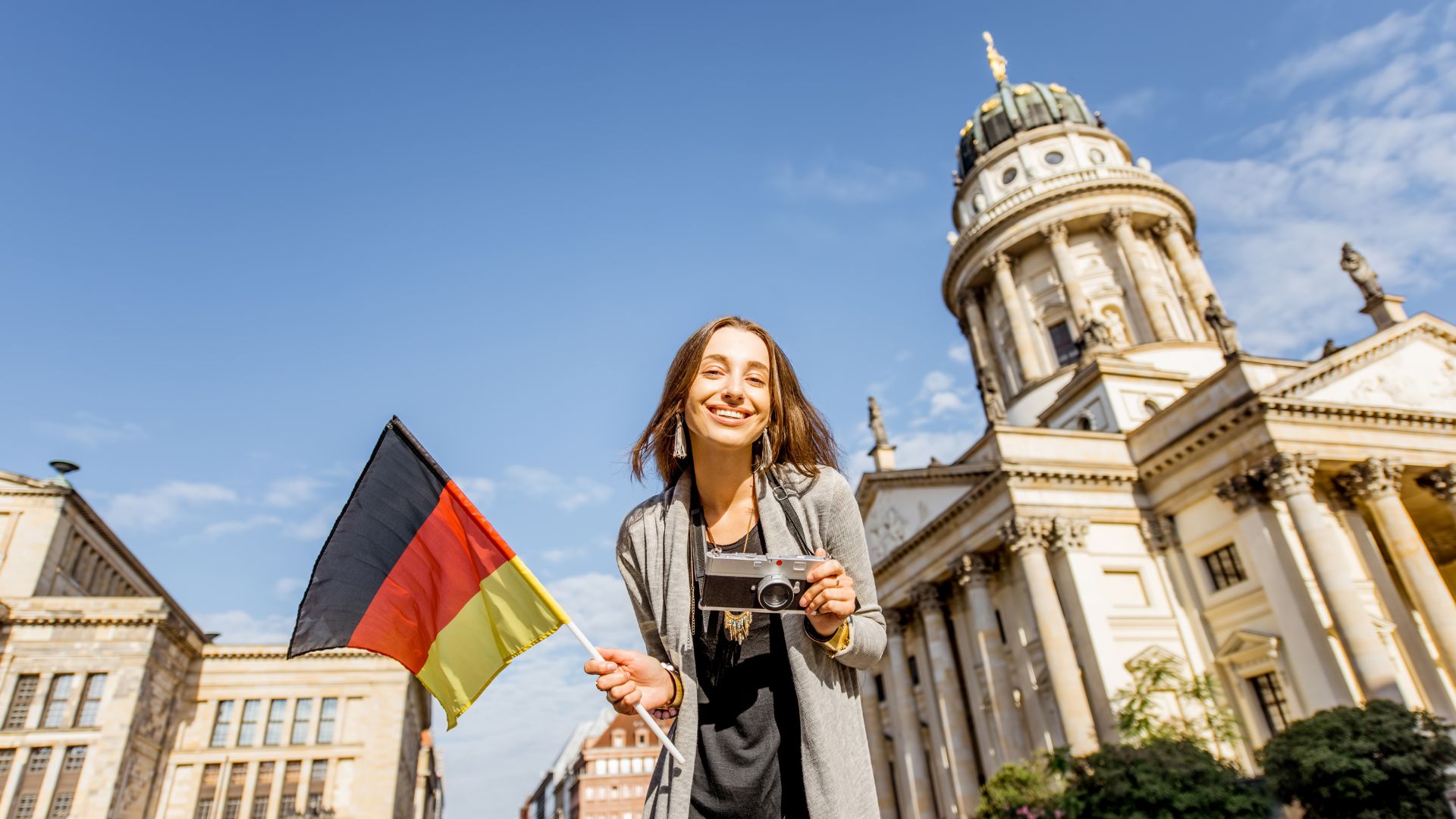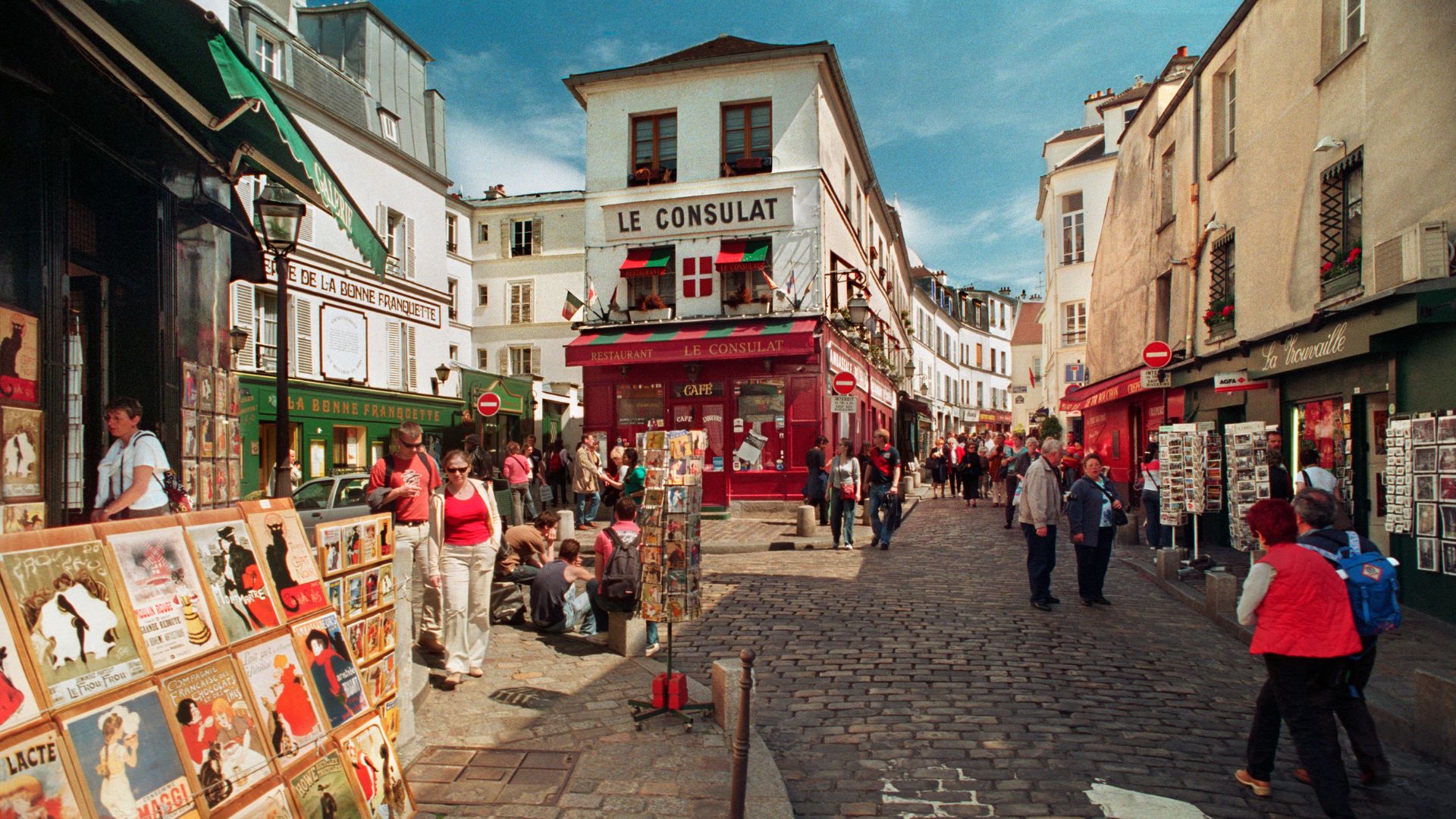Travel plays an increasingly important role in the lives of young Europeans. Thanks to the development of budget airlines, well-connected rail networks, and numerous financial support programs, exploring the continent has become much easier and more accessible. Young tourists eagerly choose destinations that combine a rich cultural offer, favorable climate, and affordable prices.
Favorite Destinations and Cities
According to the latest Mastercard Economics Institute report from this year, the most popular destinations for young travelers aged 18–30 remain in Western and Southern Europe – Spain, Italy, Portugal, France, and Croatia. These places are valued for the opportunity to combine seaside relaxation with vibrant cultural, culinary, and nightlife scenes.
The most visited cities in this age group are Amsterdam, Berlin, London, Barcelona, and Croatian cities Split and Dubrovnik. Amsterdam attracts with its open atmosphere, excellent cycling infrastructure, and numerous museums. Berlin fascinates with a combination of turbulent history and a modern artistic scene, while London entices with its cultural diversity and legendary attractions.
Although Southern and Western Europe still dominate the rankings, interest in Eastern European countries – Poland, Albania, Bulgaria, and Bosnia and Herzegovina – is growing. The popularity of these destinations increased by about 3% compared to the previous year. Particularly noteworthy is Tirana, the capital of Albania, which, according to data, recorded the largest growth in visitors – mainly tourists from Italy – becoming one of the fastest-growing tourist cities in Europe.
Outside the continent, young people increasingly choose exotic destinations such as Cuba, Jordan, and Japan. Flight booking data for summer 2025 shows a dynamic increase in interest in Tokyo, Osaka, and Beijing.

Young people travel in Europe. Photo: Canva

Traveling in Europe. Photo: Canva
What Attracts Young Tourists?
The popularity of these places results from several key factors. The growth of low-cost carriers enables quick and relatively inexpensive travel between countries. The warm climate of Southern Europe and the possibility to enjoy beaches for most of the year is an additional advantage. A rich cultural offer remains important – from museums and galleries to festivals, performances, and lively nightlife districts.
According to Mastercard Experience Economy, wellness tourism is playing an increasingly important role, especially in Italy and Poland. Young people like to combine outdoor activities, health care, and culinary discoveries.
The openness and multiculturalism of cities like Amsterdam and Berlin encourage free self-expression and exploring new cultures. Meanwhile, in the Nordic region – including Finland, Norway, and Switzerland – adventure tourism and nature retreats are gaining popularity.
Growing interest in wellness, sports, active tourism, and gastronomy means that cities such as Istanbul, Cannes, Interlaken, and Barcelona are gaining popularity thanks to their rich culinary offerings and numerous cultural and sports events. Sporting events, like the Champions League finals, often spur increased mobility – for example, during the Real Madrid vs. Borussia Dortmund match, German fans’ spending in London rose by 61% year over year.
The report also indicates that young travelers increasingly seek experiences beyond traditional leisure. Trips focused on relaxation, sports, culinary experiences, and so-called bucket-list experiences – fulfilling dreams and unique activities – are gaining importance. As many as 70% of Europeans declare that fulfilling dream experiences is a priority for them.
New Approach to Traveling and EU Support
Young Europeans are increasingly opting for longer trips – as many as 38% choose journeys lasting over 10 days, often with a budget exceeding 2,500 euros per person. Ecological considerations also influence travel decisions – 81% admit that climate change matters for their plans. As a result, 15% avoid places with extreme temperatures, and 17% choose regions with milder climates.
To facilitate young people’s travel across Europe, the European Union implements several initiatives. The DiscoverEU program offers free rail tickets to 18-year-olds, enabling them to explore different countries and cultures. The goal is to build European identity and support youth independence.
Another important project is the European Solidarity Corps, which gives young people aged 18–30 the chance to volunteer abroad. The program covers travel, accommodation, meals, and provides pocket money, combining travel with valuable social experiences.


Young people travel in Europe. Photo: Canva
Alternative Travel Platforms – Workaway and Couchsurfing
Social platforms like Workaway and Couchsurfing are also gaining popularity, enabling more economical and enriching travel experiences.
Workaway connects travelers with farms, organizations, and private individuals worldwide, offering accommodation and meals in exchange for help with various tasks – from childcare, gardening, and renovations to support for social projects. This way, young people not only reduce costs but also gain new skills and get to know local communities.
Couchsurfing operates on the idea of hospitality – travelers can stay for free in hosts’ homes in exchange for openness and willingness to share experiences.
Both platforms promote more authentic and sustainable travel. By using them, young people engage with local communities, learn new things, and often stay longer in one place. This approach fosters international friendships that often last a lifetime.
Moreover, these forms of travel align with the growing ecological and social awareness of young Europeans. Instead of mass tourism and short, consumer-driven trips, they increasingly choose experiences that allow them to better understand the world and the people they meet along the way.
Written by
Shape the conversation
Do you have anything to add to this story? Any ideas for interviews or angles we should explore? Let us know if you’d like to write a follow-up, a counterpoint, or share a similar story.
